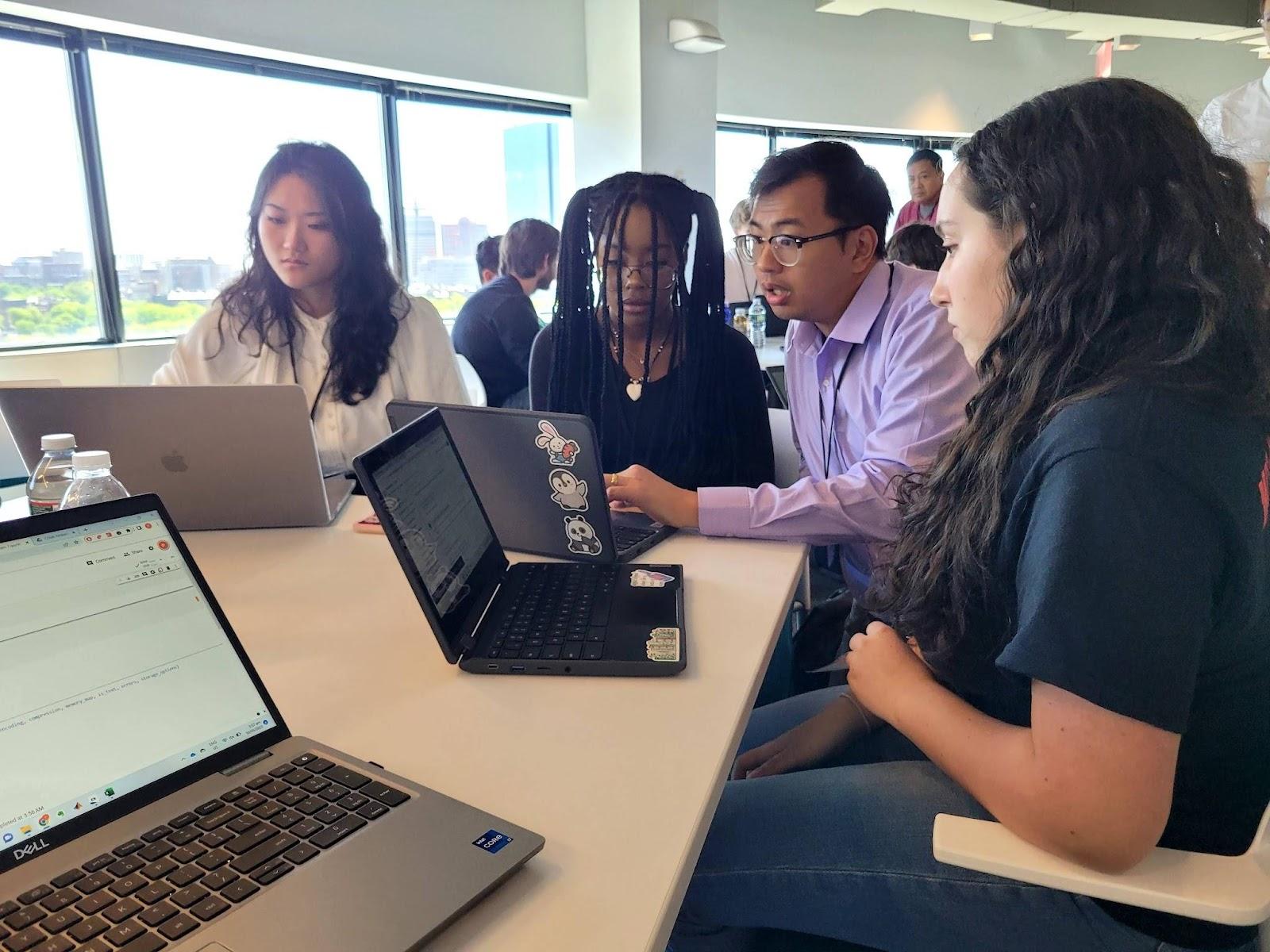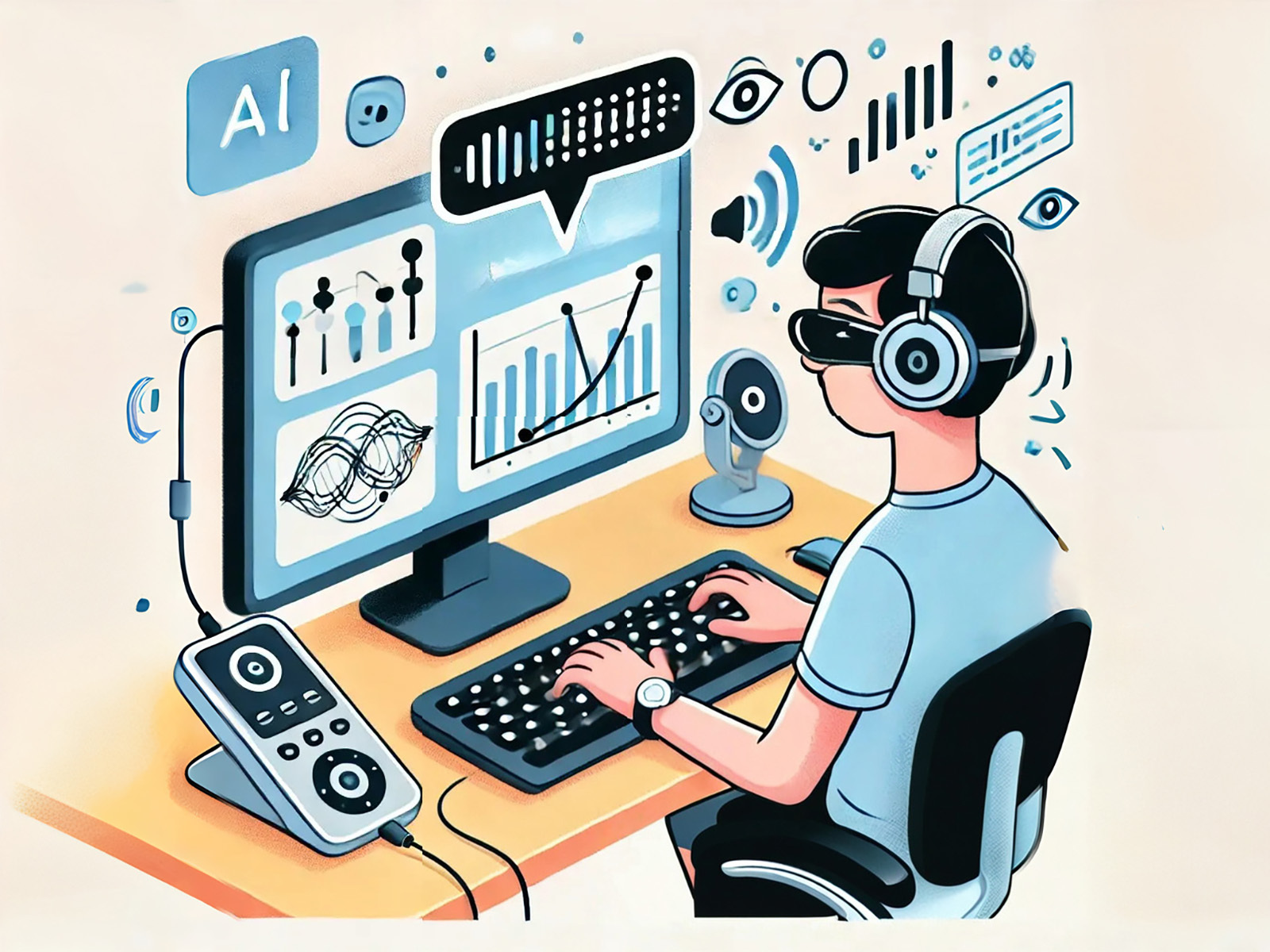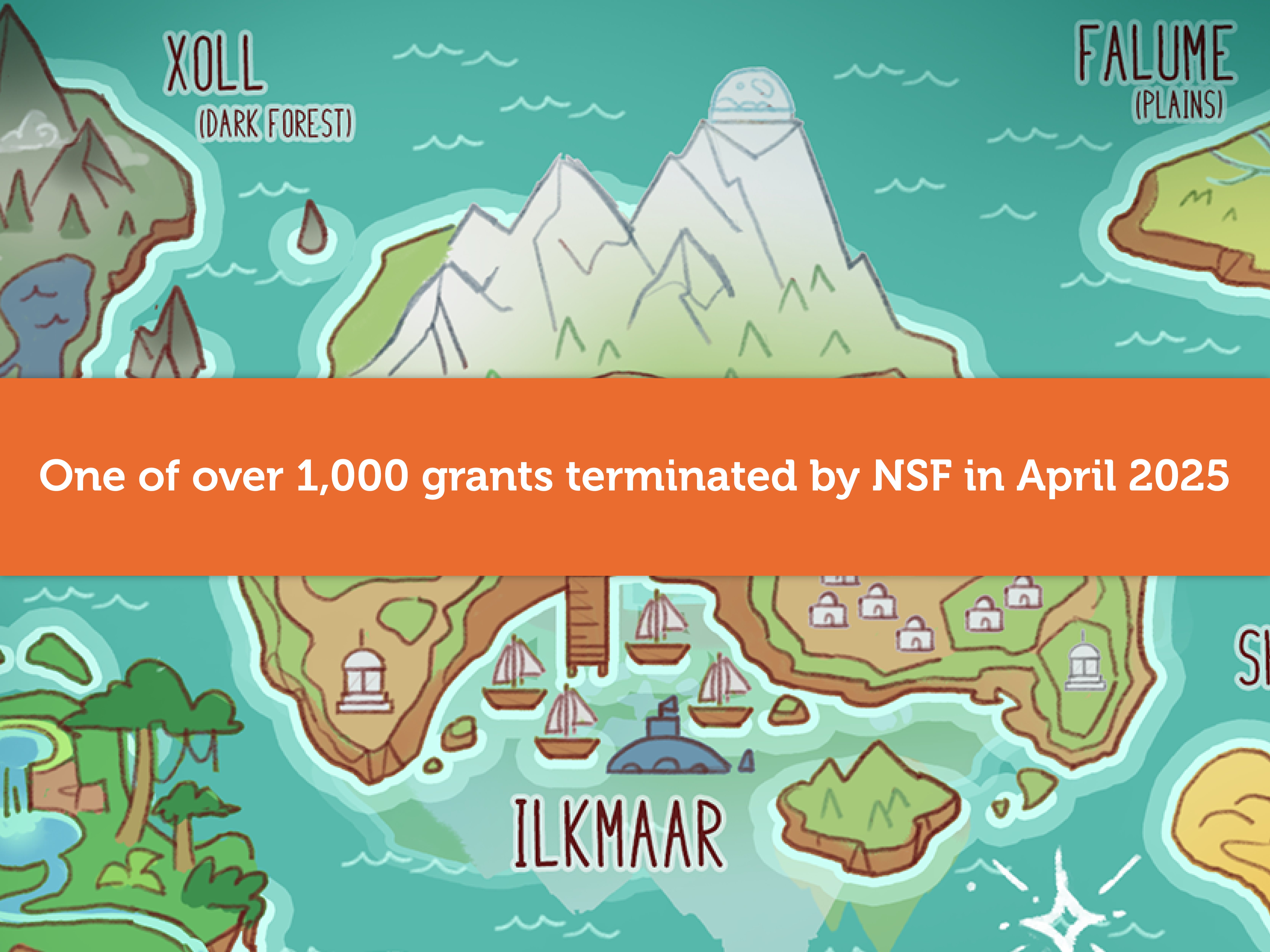Data in Space and Time
Importance
Spatiotemporal (ST) data—data that vary across both space and time—are at the heart of pressing, socially relevant issues, such as climate change, disease spread, and population trends. Adolescents regularly encounter such data in both school and everyday life and it is critical that they develop the data acumen and habits of mind to successfully interpret them. However, ST data are inherently complex and challenging, even for experts, and research in the area of how to address those challenges has been extremely limited.
Through interviews using think-aloud protocols to engage students with multiple ST data representations, this project seeks to surface the understandings and guiding affordances learners require to effectively explore ST data, understand the various parameters these data contain, and identify patterns, trends, and connections within them.
This project represents a critical first step towards understanding the cognitive processes that underlie learners’ engagement with spatiotemporal data. Building on foundational research on both spatial and temporal thinking, we aim to uncover the unique challenges and learning opportunities that learners face when making sense of spatiotemporal data and iteratively develop materials and supports that make this task possible for adolescents. A long-term outcome of this line of work is to inform the development of curricula that will successfully bring ST data into the classroom and support students in developing critical data literacy skills.
Research
This project is investigating the following questions focused on use-inspired basic research about student learning:
- How do learners approach and make sense of spatiotemporal data? What strategies do they use?
- How do they identify and understand patterns and relationships within spatiotemporal data?
- What challenges do spatiotemporal data pose for learners? How do different data types, correlations, and patterns affect these challenges?
- What understandings do learners construct when engaging with spatiotemporal data?
- In what ways can technology-based affordances or approaches help illuminate the nature of learners’ struggles? How might they support learners in productively analyzing and understanding spatiotemporal data?
Publications
- Dorsey, C. (2024). New data types and new data interfaces. @Concord, 28(1), 4–6.







